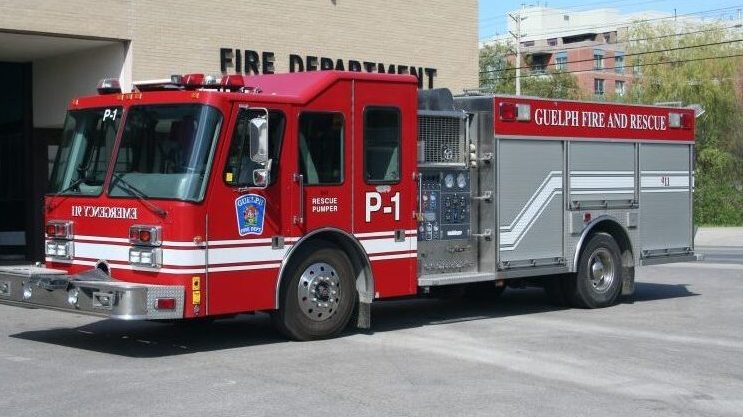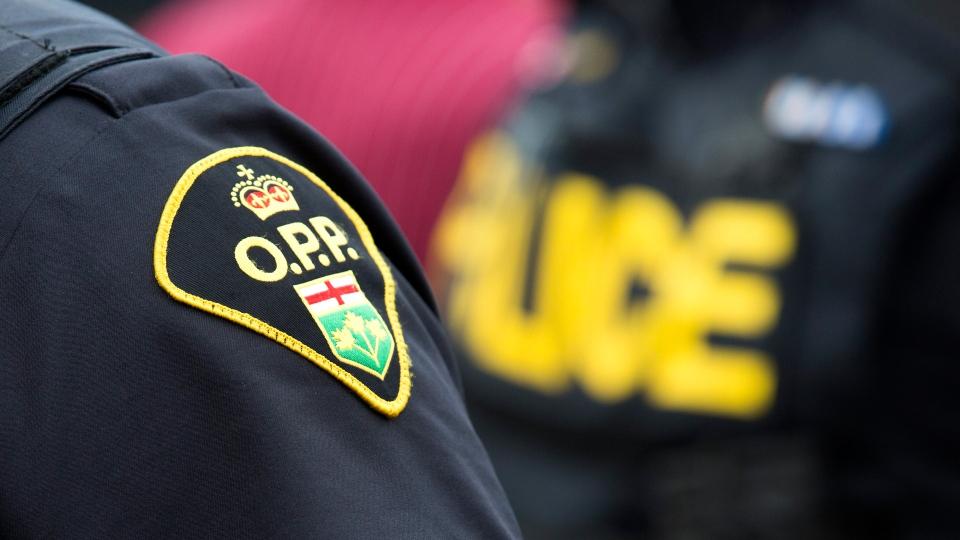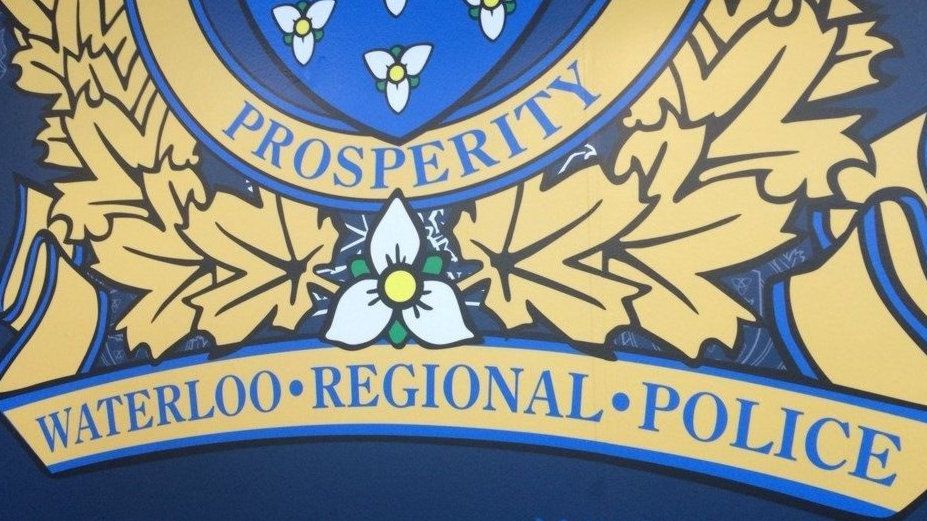Iowa museum exhibit explores local racing history
Posted Sep 29, 2018 02:35:15 PM.
Last Updated Sep 29, 2018 03:21:28 PM.
This article is more than 5 years old.
WATERLOO, Iowa – In the late 19th and early to mid-20th century, the Midwest — Iowa, Illinois, Minnesota and Missouri — was known as the grand circuit of Standardbred harness racing.
Folks came from near and far to watch and cheer their favourite drivers seated on two-wheeled carts called sulkies being pulled by Standardbred horses around a track at a pace or a trot.
In 1885, Charles Williams, an Independence horse breeder, produced two stallions, Axtel and Allerton, who broke trotting records. Thousands of fans were drawn to Rush Park — “The Lexington of the North” — to watch the races. William got rich and built a trolley line around the track and a hotel and opera house. Three years later, a bad economy ended the operation.
In 1940, pari-mutuel betting was legalized on the East Coast, and the majority of sulky races moved eastward.
Undeterred, Iowa residents turned their attention to other forms of racing, including motorcycles, dragsters, stock cars and midgets.
Most visitors to the Grout Museum’s new exhibit, “Sulkies to Speedways: The Need for Speed in the Cedar Valley” express their amazement at how popular racing has been in the Cedar Valley, Curator Erin Dawson told the Waterloo-Cedar Falls Courier .
At the same time, Dawson said, “We’ve been surprised at just how much of the history of racing in this area has gone undocumented. There’s a wealth of racing history here that the average person really knows very little about.”
The notion to build an exhibit around racing grew out of a presentation by local historian and author Jim Volgarino, who wrote a book about the Tunis Speedway. In its glory days, the Waterloo speedway hosted weekly races where between 3,000 and 5,000 fans gathered to watch race cars bump and run on the oval. The exhibit concept grew to include the Jerald Sulky Co., renowned makers of sulky and show carts used at tracks all over the world, as well as the NEITA Raceway, motorcycle clubs and more.
Dawson said the exhibit will be open through Nov. 16, 2019.
An elegant but uncomfortable-looking sulky will catch visitors’ eyes as they enter the display, along with photographs, equipment used in building sulkies and other historical items from the Jerald Sulky Co. Visitors can sit in a harness racing cart, as well, to get the driver’s viewpoint. There are maps showing the locations of several harness racing tracks such as South Park in Cedar Falls, Home Park in Waterloo and Rush Park.
Archival memorabilia also comes from the Rambling Wheels motorcycle group, as well as the Black Hawk Motorcycle Club, founded in the 1930s by Paul Brokaw and friends.
Local drag racer Jim Farnsworth’s bright red Ford Model A dragster is on display, along with a midget race car that saw action, a 1914 Indian motorcycle and a 1914 Harley-Davidson model. Local racing heroes like Bob Hilmer, Merlin Benning and Bill Zwanziger are profiled and several fire suits, helmets and a Christmas tree — the stack of drag strip lights used to start a race — are on display. Vintage racing footage, including footage of Black Hawk Motorcycle Club members showing off their skills, plays in the background.
___
Information from: Waterloo-Cedar Falls Courier, http://www.wcfcourier.com
An AP Member Exchange shared by the Waterloo-Cedar Falls Courier.










